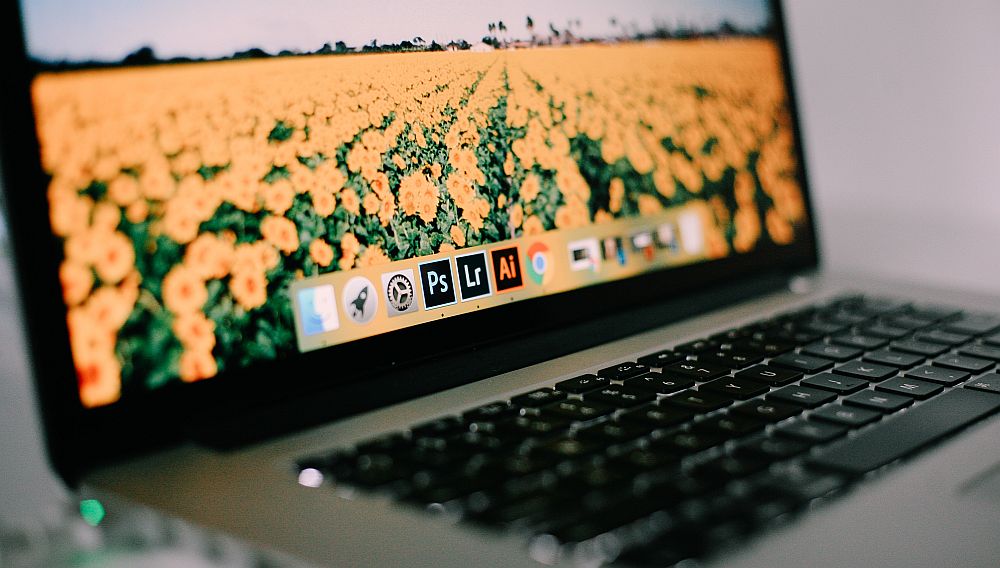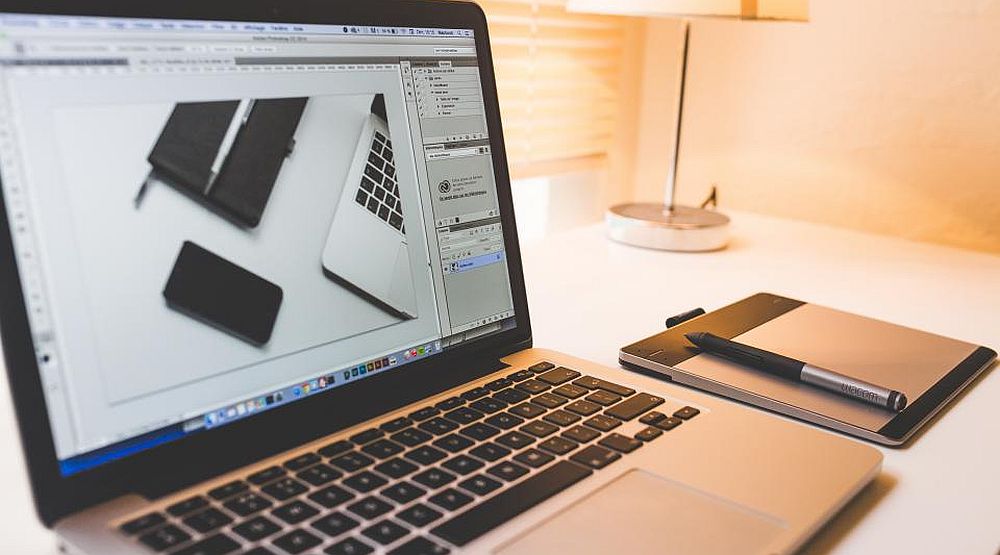Photoshop is one of those software treasures that everyone needs a little familiarity with. Whether you’re a business owner, a graphic designer, a web designer, a photographer or just a social media user, Photoshop could really upgrade your visual game. With the ever-evolving technology, designers have always wanted to create something appealing and unique to capture the attention of their followers and prospective clients. Photoshop is the tool to make that possible. It takes some bits of skill, resources, and passion to fully understand and master the basics of Photoshop. If you’re new to the world of Photoshop and you’re hoping to see what this haven has in store for you before you commit; we’ve got you covered. Read on to get started.
Why should I learn Photoshop?
As a beginner with limited technical skills, a decision to learn Photoshop could be met with overwhelming uncertainties. This shouldn’t, however, be the case since it’s more of a practical concept that you learn and utilize quickly – if everyone else can learn it, why not you? With Photoshop skills, you can conveniently edit your own photos for commercial and personal use without having to use ten different tools.
Regardless of what types of visuals you need for your career, business, or hobby, learning Photoshop is the perfect assistant. With these skills, you can make image templates, photo collages, mood boards, website mockups, worksheets, and printables. That’s just for starters.
With advanced Photoshop skills, one can create color palettes from photos, edit product images, create 3D art and make amazing animations. All these are full-mode designer options that offer more than just a career but the rarest of skills that are quite competitive in the business world.
Photoshop for beginners

Photoshop is a handy, pre-eminent and convenient graphic design software for Mac OS and Windows. It’s a well-rounded and universally known application that packages plenty of plug-in programs and graphic-editing capabilities. Mastering the content of Photoshop can be time-consuming and one that requires a lot of patience. But once you know the basics, you can adapt to all of its tools.
Beginners don’t need to struggle with the messy graphics templates, vector tools or 3-D transformations. All they need is to understand the basics of Photoshop and navigate through the software resources as fast as possible. Doing so will set a base and familiarize them with the software’s interface and components. Below are some basic necessities for beginners.
- Photoshop software
- A functional desktop/PC
- A reliable internet connection
- A desire to draw and design imagery
- A basic knowledge of what looks good
- A little patience
Step-by-step Photoshop Instructions
Once you have all the above requirements, it’s time to make your first move- choosing Photoshop software. Adobe Photoshop is the best option for beginners since it comes with all the necessary resources including free tutorials on their website. You can download and install either the Photoshop CS6 or CC.
If you have either of the two software running, you can start by watching some tutorials on how to navigate through the app or go directly and create a new demo project.
Creating a new project
Open Photoshop then navigate through to File and click ‘New’. A new window will appear with Name, width, height, color mode, resolution, background settings and advanced settings. All these are custom tools where you choose the most appropriate parameters to suit your needs. After selecting all the settings, click ‘OK’ to apply changes.
Using basic tools

Photoshop has some of the best tools for personalizing your images or graphic content. Below are some basic tools available in Photoshop:
Crop – used for trimming images to an exact size.
Brush tool – used for painting over images to add flair.
Marquee tool – this a group of tools used to make selections. It’s divided into four types depending on the shape and nature of the content it selects; elliptical, rectangular, single row and single column.
Move tool – used for moving images/objects around for your desired layout.
Other tools include Eraser, pen, pencil tool, Quick selection, lasso, and gradient. The latter is used to create straight lines, angles, reflected and diamond-bends between colors.
Using Layers
Layers are a vital part of graphic design work. There are different types of layers you can use to customize your images and the overall appearance of your project. With Layers, you can separate parts of your images and edit them without having to affect other sections. You can also apply filters and other effects to layers independently to suit your exact vision.
Filters and image adjustments
This is a practical and often an easy exercise. To add filters and adjust the image specifications; you need an image that has not been edited. To upload a new image; go to file then click on “New” and select a photo of your choice. To adjust the image specifications you can navigate and make some changes to brightness and contrast levels or Vibrance. You can combine all these with filter adjustments under “Filter Gallery”.
Other simple tasks you can do on your own could include: creating a wallpaper, converting background and Photoshop layers, changing transparency or duplicating Photoshop layers. Play around with these and see what you come up with. Remember: Your first creation doesn’t have to be noteworthy or public. You’re just exploring.
Seeking Photoshop Help?
Online tutorials
Before you graduate from a beginner to a pro; you’ll have done a lot of research. Some of the viable resources necessary to mastering Photoshop are all found on the internet. Adobe Photoshop tutorials are a great resource for beginners and even established graphic designers. Adobe specifically has a vested interest in making sure that all its customers learn and master Photoshop. Their website is loaded with a variety of tutorials on various topics.
Online classes
If you find yourself making no progress during the learning process, it’s a sign you need some kind of a tutor to lend you a hand. There are a number of graphic designer online classes offering free and premium Photoshop sessions where you are assigned specific work in accordance with your progress.
Read a book
If you’re a book lover, this option is for you. There are a number of dedicated graphic design books on the market that explain and illustrate more clearly on the various tools and functionalities of Photoshop. Investing in such books could boost your overall understanding and progress in learning Photoshop.
Start Your Photoshop Journey
The most experienced Photoshop master had to put in years of exploration and failure and trial and error into the software to master its nuances and make beautiful imagery. Do not compare your first day using Photoshop with that master’s latest creation – you’re at different places in your Photoshop journey and that’s okay!
Take time this week to try out some of the tools and elements we mentioned above as a starting point and explore the resources we’ve listed above if you’re stuck. You’ll be a pro in no time.
The post How to Learn Photoshop if You’re New appeared first on Web Design Blog | Magazine for Designers.
via https://ift.tt/2CBJ5yJ

No comments:
Post a Comment